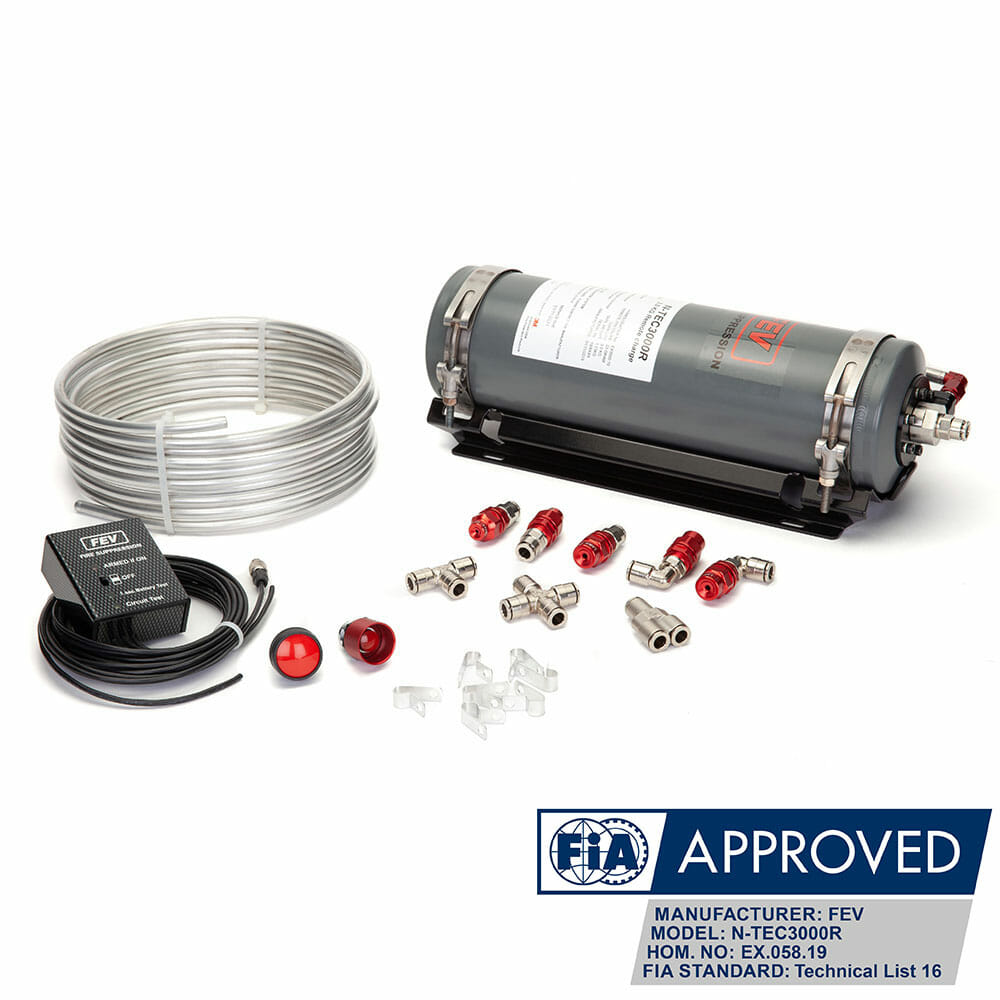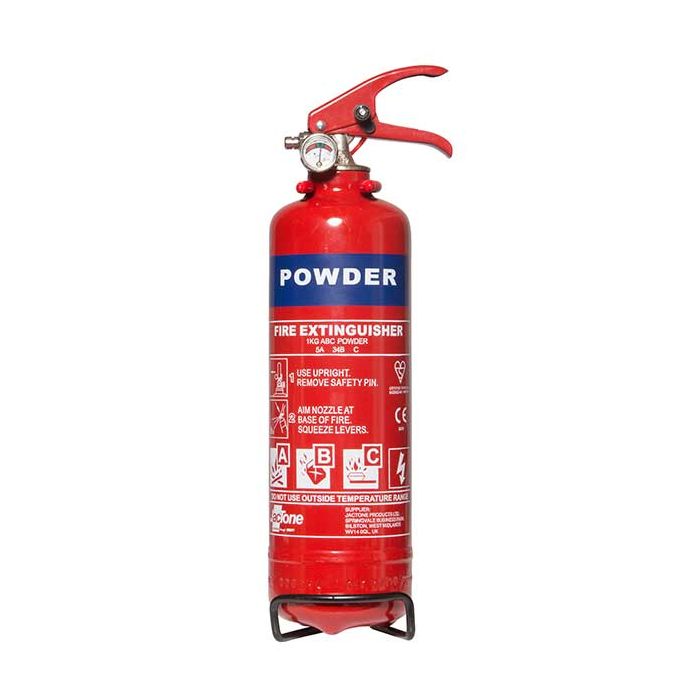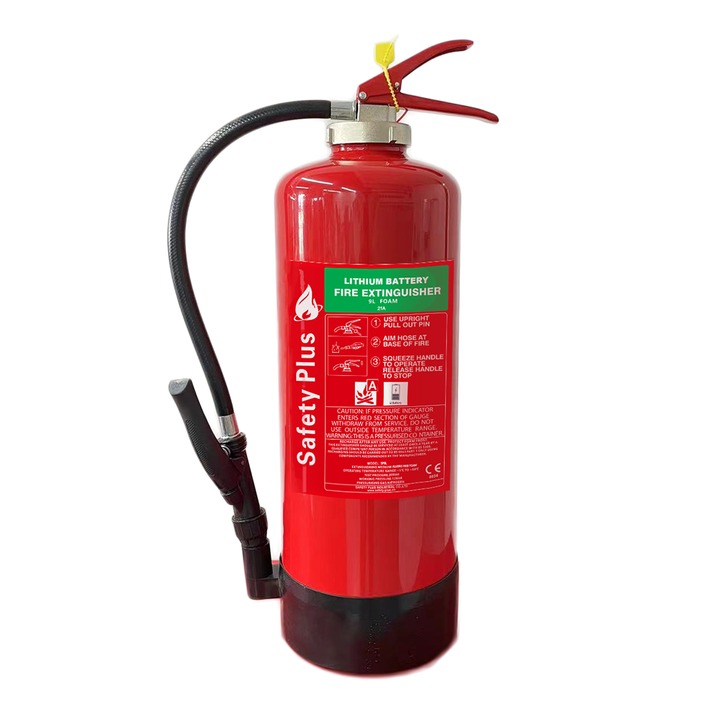As electric vehicles (EVs) grow in popularity, ensuring safety and preparedness remains a top priority for owners. One key aspect of safety is having the right fire extinguisher on hand. Electric cars, while generally safe, can pose specific fire hazards due to their lithium-ion batteries. This article provides an in-depth guide to understanding the importance of having an electric car fire extinguisher, various types available, criteria for choosing the best one, and maintenance tips to keep your extinguisher in top working condition.
Understanding the Risks
The Unique Fire Risks of Electric Vehicles
Electric vehicles utilize high-voltage battery systems that store large amounts of energy. In the event of an accident, short circuit, or battery failure, these batteries can ignite and cause fires that spread quickly. While electric vehicle fires are rare, the nature of lithium-ion batteries can make them more intense and challenging to extinguish compared to traditional car fires.
Understanding the unique fire risks associated with electric vehicles helps you prepare adequately. Research indicates that while EVs are no more prone to catching fire than gasoline-powered vehicles, the fires that do occur can be more difficult to combat once they start. This makes having the right fire extinguisher crucial for safety.
Statistics on Electric Vehicle Fires
Recent studies highlight significant data regarding electric vehicle fires. According to the National Fire Protection Association (NFPA), reporting shows that while the overall vehicle fire rate is similar between electric and gasoline cars, the aftermath of an electric vehicle fire can be more severe due to the properties of lithium batteries. Fires may reignite even after they seem to be extinguished.
Statistically, researchers estimate that electric vehicles are involved in fewer fire incidents when considering the number of vehicles on the road. However, as the number of electric vehicles increases, the incidence of battery-related fires may also rise. Being informed about these statistics can prompt you to take necessary precautions.

Fire Extinguisher Basics
Types of Fires
Different types of fires require specific extinguishing agents. In general, there are three primary classifications of fires:
- Class A: Involves ordinary combustible materials, like wood and textiles. Water-based extinguishers typically work well for these fires.
- Class B: Involves flammable liquids and gases such as gasoline, oil, and propane. Foam or dry chemical extinguishers are essential for tackling these types of fires.
- Class C: Involves electrical equipment. Dry chemical extinguishers are ideal for fires involving electrically charged materials.
Electric car fires can often fall into both Class B and Class C categories, depending on the source of the fire. Therefore, selecting a fire extinguisher that effectively handles both classifications is crucial.
Understanding Fire Extinguisher Ratings
When shopping for a fire extinguisher, you’ll notice ratings such as “A,” “B,” “C,” or combinations like “ABC.” These ratings indicate the types of fires the extinguisher can combat. An “ABC” rated extinguisher can handle most household fire situations, including those present in electric vehicles.
It’s also essential to check the size of the extinguisher. Portable extinguishers typically range from 2.5 to 20 pounds. While smaller extinguishers are easier to handle for quick access, a larger extinguisher can provide a longer discharge time, which may be necessary for larger fires.
Choosing the Right Fire Extinguisher for Your Electric Car
Recommended Types of Extinguishers
For electric vehicles, consider choosing either a Dry Chemical Extinguisher (ABC) or a Clean Agent Extinguisher:
- Dry Chemical Extinguishers: The most commonly used extinguishers for Class B and Class C fires, dry chemical extinguishers use agents like monoammonium phosphate or sodium bicarbonate to smother flames. Their versatility makes them suitable for a range of fire types.
- Clean Agent Extinguishers: These extinguishers utilize chemicals that do not leave behind residue, such as halon or FM-200. Clean agents effectively extinguish fires without damaging electronic components or leaving harmful residues, making them suitable for electric vehicle fires.
Size and Portability
When choosing a fire extinguisher, consider its size and portability. A 2.5 to 5-pound extinguisher offers a balance of ease of handling and effective discharge time. It is lightweight enough to store in a vehicle without taking up too much space but still powerful enough to tackle small fires effectively.
Search for a fire extinguisher with a mounting bracket or sleeve that can securely attach it to your car’s interior. This ensures the extinguisher is readily available in an emergency. Placing it in an easy-to-reach location, such as the trunk or under a seat, ensures quick access when faced with a fire threat.

Proper Placement and Accessibility
Best Locations for Your Fire Extinguisher
Once you’ve selected the right fire extinguisher, it’s crucial to place it strategically in your vehicle. Here are some effective locations:
- Under the Driver’s Seat: This is easily accessible and can be reached quickly in case of an emergency.
- In the Trunk: If you have space, placing the extinguisher in the trunk can help keep it out of the way, ensuring it does not interfere with passenger comfort or visibility.
- Side Door Compartments: If your vehicle has a secure compartment in the side door, this is another accessible option for mounting your extinguisher.
Remember: Wherever you decide to place your fire extinguisher, ensure that it is easily reachable for both the driver and passengers.
Regular Checks and Maintenance
It’s not enough to just have a fire extinguisher; regular checks are crucial to ensure it remains in working condition. Check the pressure gauge monthly to ensure it remains within the recommended range. Also, inspect the nozzle for any obstructions and ensure that the pull pin is intact.
If your electric car fire extinguisher is older than its expiration date or isn’t functioning correctly, consider replacing it. Manufacturers typically recommend that extinguishers be replaced every 5 to 15 years, depending on the type.
Best Practices for Using a Fire Extinguisher
Following the PASS Technique
Knowing how to use a fire extinguisher in an emergency is essential. Familiarize yourself with the PASS technique:
- Pull the pin. This allows you to discharge the extinguisher.
- Aim low. Point the extinguisher nozzle at the base of the flames, focusing on the source of the fire.
- Squeeze the handle. Apply even pressure to release the extinguishing agent.
- Sweep from side to side. Move the nozzle from left to right, ensuring that you cover the entire area of the fire.
Practice using this technique without an actual fire, so you feel confident in case of an emergency.
Knowing When to Evacuate
While being prepared is essential, not all fires can or should be extinguished. If the fire is too large, spreading rapidly, or if you feel uncertain about your ability to use the extinguisher effectively, don’t hesitate to evacuate the vehicle. Alert authorities immediately for assistance. Your safety and that of others is paramount.

Fire Extinguisher Regulations and Compliance
Understanding Local Regulations
Depending on your region, local laws and regulations will determine if specific fire extinguishers are required in vehicles, especially electric ones. While many jurisdictions do not mandate carrying a fire extinguisher, certain states may have rules regarding commercial vehicles or emergency vehicles.
Familiarize yourself with the local regulations in your area to ensure compliance. Beyond legal requirements, carrying a fire extinguisher showcases a proactive approach to safety that can protect you and others on the road.
Insurance Considerations
Having a fire extinguisher in your vehicle may even benefit your insurance coverage. Some insurance companies offer discounts for safe practices, and having a fire extinguisher can demonstrate responsible risk management. Check with your insurance provider to see if you may qualify for a discount based on your efforts to enhance safety.
Emergency Preparedness Beyond Fire Extinguishers
Additional Safety Equipment
While a fire extinguisher is crucial, it shouldn’t be the only safety equipment in your vehicle. Consider keeping the following items on hand:
- First Aid Kit: Having a well-stocked first aid kit can help address injuries that occur in various emergencies.
- Roadside Safety Kit: This should include items like flares, reflective triangles, and blankets to assist in emergencies.
- Flashlight: A reliable flashlight not only helps in emergencies but ensures you can inspect your car in low-light conditions.
Practicing Preparedness
Being well-prepared extends beyond having safety equipment. Regularly practice emergency drills that cover scenarios involving fire. Familiarize family members or passengers with the location of the fire extinguisher and show them how to use it. This shared knowledge fosters confidence, allowing everyone to respond calmly in a crisis.
Additionally, keep all critical contacts saved in your phone, allowing for quick access to emergency services in case they’re needed. Being proactive increases your chances of effectively managing any emergency situation.
Conclusion
Choosing the right electric car fire extinguisher is a vital step in ensuring your safety. Understanding the unique fire risks associated with electric cars prepares you to make informed decisions about fire prevention and response. By selecting an appropriate fire extinguisher, placing it in a strategic location, practicing use techniques, and remaining compliant with regulations, you enhance your preparedness on the road.
With proper planning and awareness, you can drive with confidence, knowing you have the tools necessary to tackle potential fire emergencies. Stay safe and empowered in your electric vehicle by taking the necessary precautions today!


